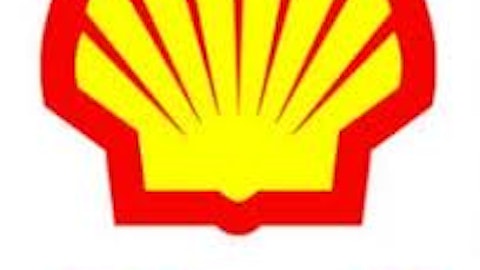In the past couple of weeks, the price of oil has slowly recovered from a downward trend that occurred during April. Will the price break the $100 threshold in the near future? How will the recent developments in the oil market affect leading oil producers? Let’s examine the recent changes in the oil market and try to determine what’s up ahead for oil.
During May (up to date), the price of oil rose by almost 3%. Moreover, since the beginning of the year, the price of oil increased by 4.7%. The United States Oil Fund LP (ETF) (NYSEARCA:USO) also rallied during the last month, rising by 3%; and since the beginning of the year, United States Oil (NYSEMKT:USO) rose by 2.9%. It follows the price of oil (West Texas Intermediate, or WTI).
This ETF’s net assets total roughly $821 million as of May 7. According to the ETF’s prospectus (opens pdf), the USO’s net assets consist mainly of: “..investments in future contracts of sweet crude oil, other types of crude oil, diesel-heating oil, gasoline, natural gas, and other petroleum-based fuels that are traded on the NYMEX, ICE Futures Exchange or other U.S. and foreign exchanges.”
More specifically, as of May 7, the ETF mostly holds June contracts of WTI crude oil on the NYMEX and ICE markets. Therefore, this is a good way of tracking the movement in crude oil’s price.
The recent recovery in the price of oil may have helped strengthen leading oil stocks such as Chevron Corporation (NYSE:CVX); shares of the company rallied during May by nearly 1%. Let’s turn to examine the latest changes in the oil market.
Storage
During April, the U.S. Petroleum and oil stockpiles rose by 18.9 million barrels; they reached 1.8 billion barrels by April 26. Current crude oil stockpiles are 26.6 million barrels higher than the storage recorded during the same week last year. The rise in storage suggests the oil market is loosening up, which may pull down oil prices. Moreover, the linear correlation between the changes in stockpiles and oil prices is mid-strong and negative at -0.2. This correlation suggests if oil stockpiles rise further, oil prices may dwindle.

Supply
From the supply side, OPEC left its production pace nearly unchanged at around 30.1 million bbl/d. Moreover, the IEA projects that the oil production of non-OPEC countries will increase by 1.1 million bbl/d (y-o-y) in 2013. This means the global oil supply is expected to rise, which should ease oil prices.
Based on the latest EIA report, U.S oil imports slipped during April by nearly 0.2%; as of April 26 it was 11.5% lower than the same week last year. Conversely, oil production in the U.S rose by 1.5% during last month. It was also 19.4% higher than the same week in 2012.
Refinery inputs rose 1.7% during the month. The rise in production and refinery inputs could help pressure oil prices lower in the coming weeks.
In addition to Chevron Corporation (NYSE:CVX), the recent rise in oil prices may have pulled up shares of other leading oil companies, including Royal Dutch Shell plc (ADR) (NYSE:RDS.A). More specially, during the past month, shares of Chevron Corporation (NYSE:CVX) rallied by 4.9%. In comparison, during the same time frame, the S&P 500 index rose by 4.1%.


